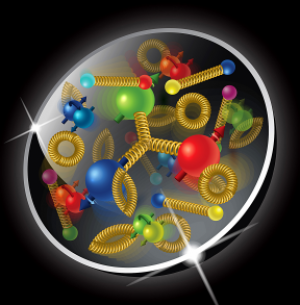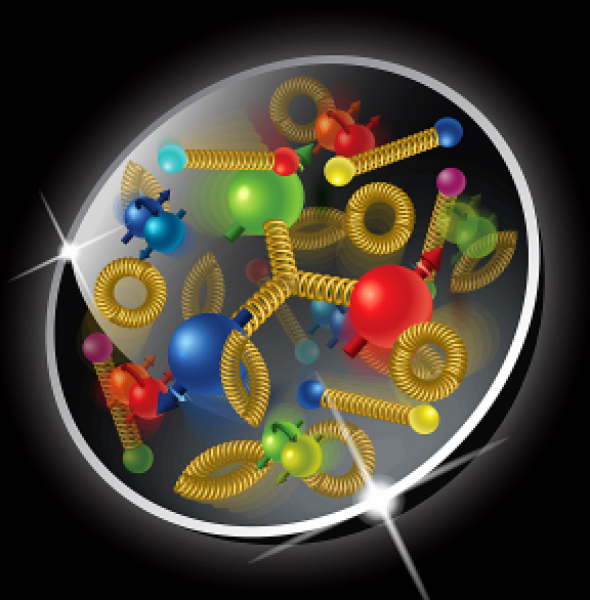Yahui Chai, Yuan Li, Shicheng Xia, Constantia Alexandrou, Krzysztof Cichy, Martha Constantinou, Xu Feng, Kyriakos Hadjiyiannakou, Karl Jansen, Giannis Koutsou, Chuan Liu, Aurora Scapellato, Fernanda Steffens: Parton distribution functions of Delta+ on the lattice , Physical Review D (102)(1) (2020) pp. - 014508
Baryons are a family of particles built of three quarks. Their most important examples are protons and neutrons, the main building blocks of our world. However, there are also other baryons that emerge in accelerator experiments, for example in the Large Hadron Collider at CERN. One of the lighter baryons is the ∆+ particle, a baryon around 30% heavier than the proton that is considered to be one of the latter’s excitations. Understanding proton structure is one of the central aims of theoretical and experimental high energy physics. Yet, comprehension of other baryons structure is interesting on its own and it turns out that it can lead to insights
about proton structure as well. Namely, in the case of the ∆+, it provides information about the mechanism that generates an excess of d antiquarks over u antiquarks in the proton.
In the paper, the so-called parton distribution functions (PDFs) of quarks that constitute the ∆+ baryon. We use the lattice formulation of quantum chromodynamics (QCD) are calculated, the only known way to access non-perturbative aspects of QCD from first principles. Lattice QCD is formulated in Euclidean spacetime, instead of the standard Minkowski one employed in the definition of PDFs. As such, one computes instead the so-called quasi-PDFs, Euclidean-space distributions that can be matched to physical distributions in a perturbative matching procedure. The authors exploratory work gives so far a qualitative picture of ∆+ baryon PDFs, with quantitative predictions potentially available after careful investigation of systematic effects, such as the finite lattice spacing and volume. Nevertheless, already now some physical conclusions can be drawn, hinting at the role of spontaneous chiral symmetry (symmetry between “left” and “right”) breaking in the generation of the excess of d over u antiquarks in the proton.
The picture source: Brookhaven National Laboratory


